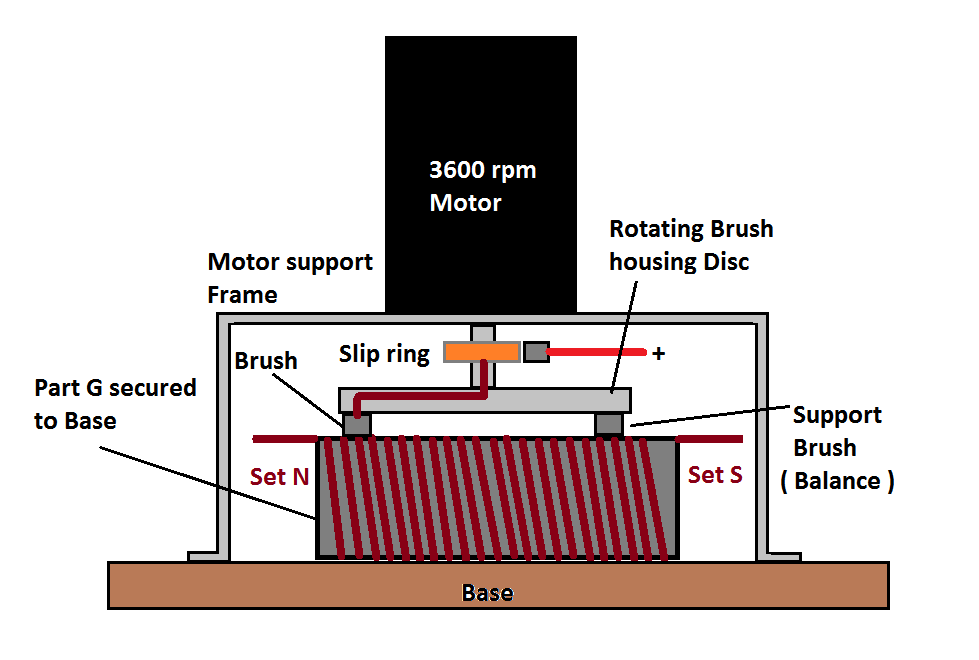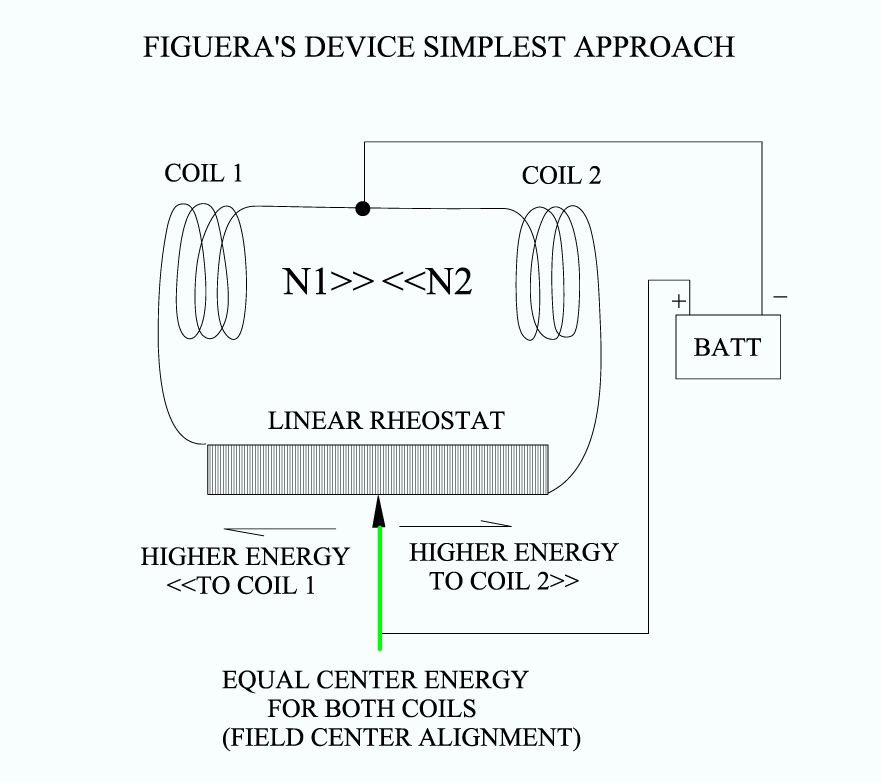Hanon Video...
Hanon's Post-Video
Video at : https://vimeo.com/178144785
Ufopolitics
Originally posted by Mario
View Post
Hanon's Post-Video
Video at : https://vimeo.com/178144785
Ufopolitics

 but in this case I guess we should look for two symmetrical signals !!
but in this case I guess we should look for two symmetrical signals !!




Comment